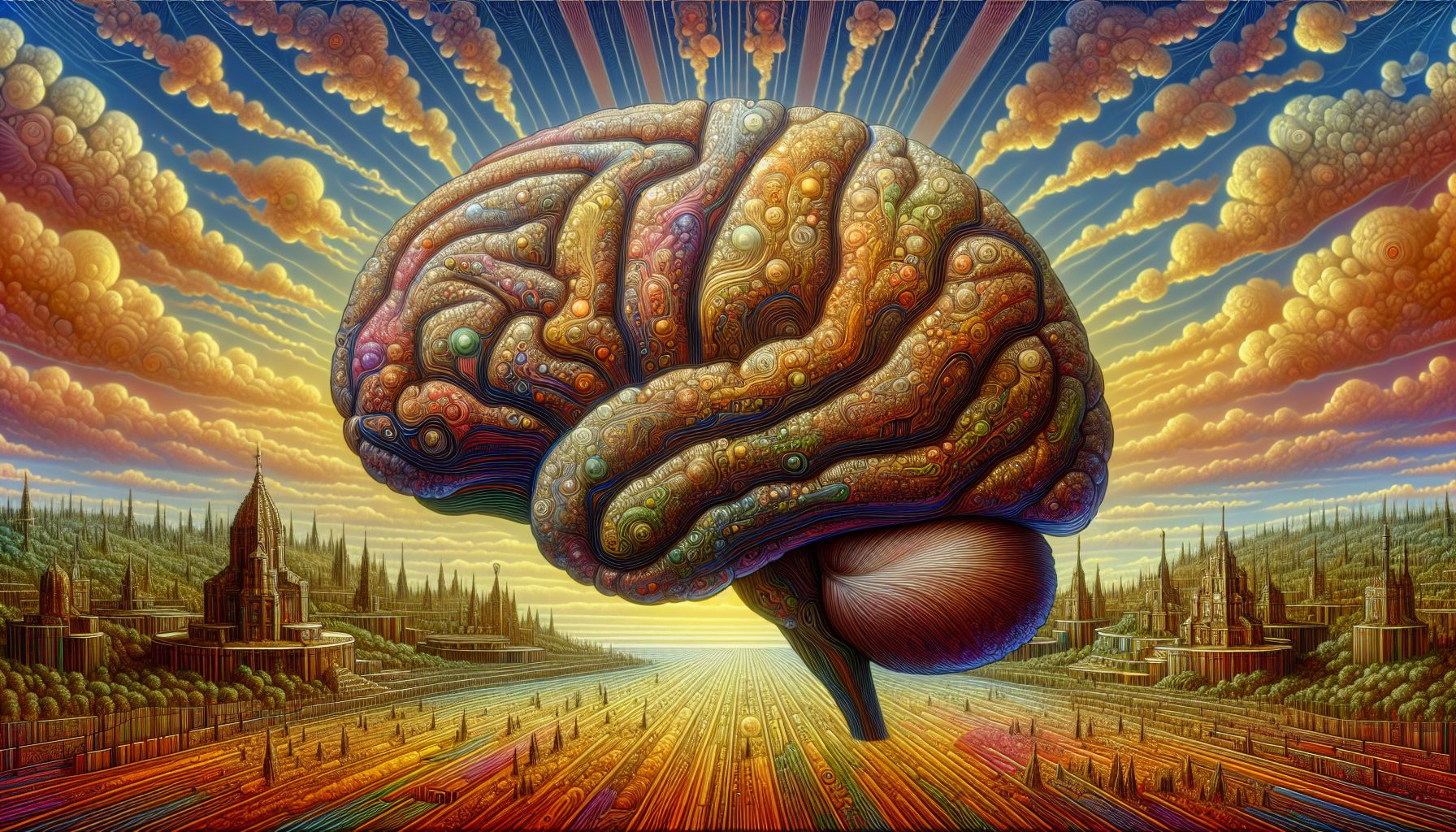Harvard and Google Unveil Groundbreaking Human Brain Map

Cambridge, Friday, 16 August 2024.
A decade-long collaboration between Harvard and Google has produced the most detailed map of human brain connections to date. The project, analyzing a cubic millimeter of cerebral cortex, reveals complex structures and may advance understanding of neural circuits and potential treatments for brain disorders.
Unprecedented Detail and Collaboration
The collaboration between Harvard biologists and Google has culminated in an unprecedented mapping of human brain connections, providing intricate details that were previously unattainable. This project, which took ten years to complete, involved analyzing a cubic millimeter of the cerebral cortex from a sample obtained during a 2014 epilepsy surgery on a 45-year-old woman[1][2]. The resulting diagram includes about 57,000 cells and 150 million synapses, offering a granular view of neural connectivity.
Innovative Techniques in Brain Mapping
The project employed advanced electron microscopy to capture subcellular images of stained brain tissue, sliced into sections just 34 nanometers thick. This method generated an enormous dataset, totaling 1.4 petabytes, which required sophisticated data processing techniques[1][2]. Google’s team, led by Viren Jain, used machine-learning algorithms to align the 2D images into 3D reconstructions with automatic segmentation. Manual adjustments by Daniel Berger, the lead researcher from Harvard, ensured the accuracy of these reconstructions[1].
Groundbreaking Discoveries
Among the map’s revelations are the identification of self-wrapping cells and egg-shaped objects that defy previous categorizations, providing deeper insights into neural structures[1]. Researchers also discovered over 50 synapses connected to a single neuron, a significant finding that could reshape our understanding of neural connectivity[1]. This high-resolution mapping has the potential to uncover ‘rules of wiring’ between neurons, which could be critical in understanding and treating brain disorders such as schizophrenia[1][2].
Challenges and Future Directions
One of the main challenges faced by researchers was proofreading the segmentation due to the vast size of the dataset. Jeff Lichtman, a Harvard biologist involved in the project, highlighted that managing such large datasets is a significant hurdle for humans, as the volume of data exceeds what can be comprehended by a single individual[1][2]. Despite these challenges, the collaboration between Harvard and Google plans to extend their research to whole mouse brains and additional human brain samples, paving the way for further discoveries[1][2].
Open Access and Broader Implications
In a move to foster further research, the brain map has been made publicly accessible, representing the first wiring diagram of the human brain at the subcellular level available to the public[1]. Berger envisions that this open-access resource will catalyze advancements not only in understanding mental conditions but also in improving deep-learning AI systems by providing a detailed model of neural connections[1]. This groundbreaking work could significantly influence both neuroscience and artificial intelligence, driving innovation in multiple fields.

